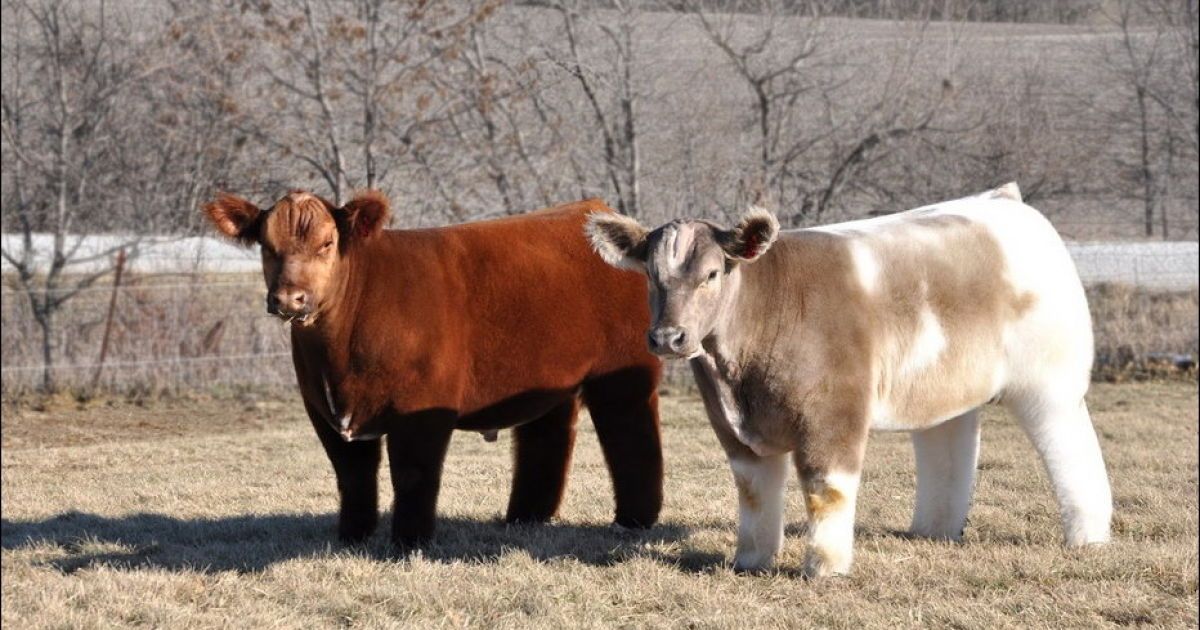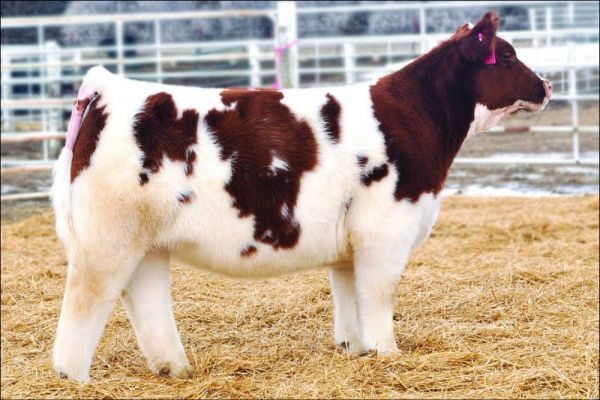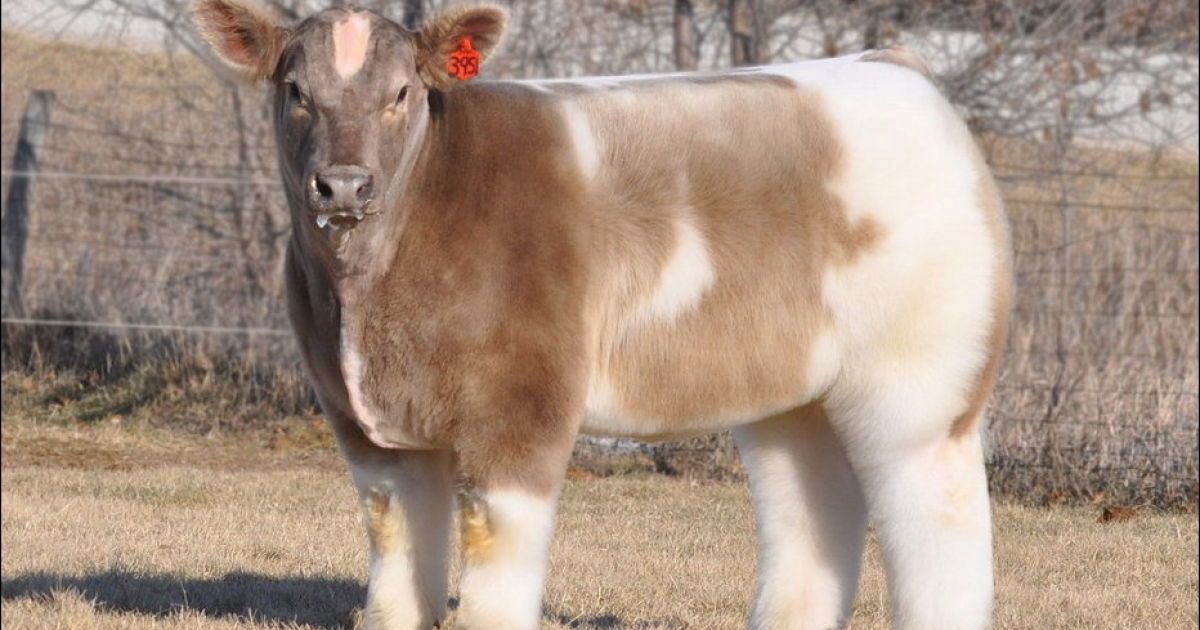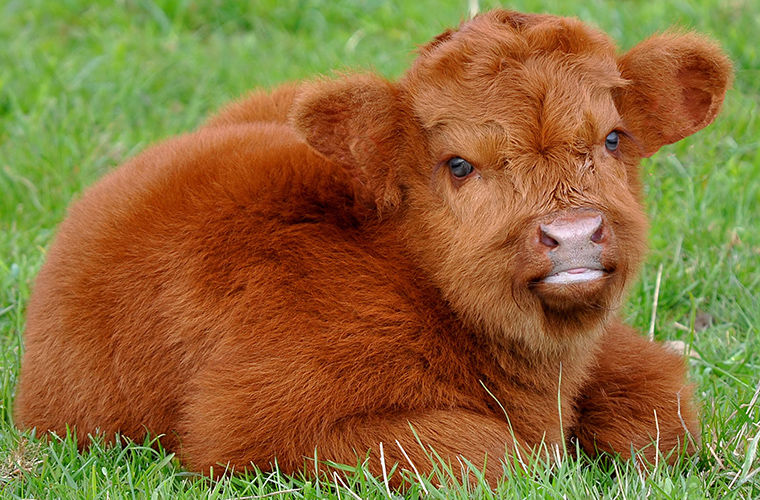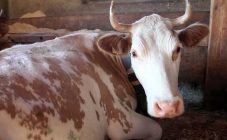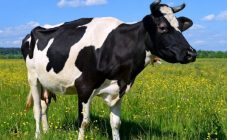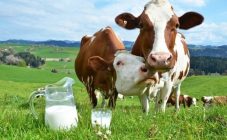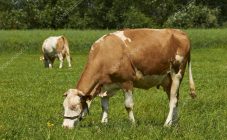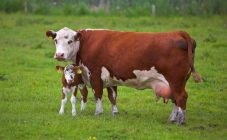Content:
Anyone who hears the phrase "plush cow" comes to mind with a children's toy. And only a few are able to imagine an animal that really exists and has a very funny appearance. The plush breed of cows is far from the first cows with a thick woolen cover.
The first mentions of highland Scottish cows, acting as the national symbol of Scotland, appeared in the 6th century. Tartan women have thick bangs and a long shaggy coat that protects them from the harsh high-altitude climate in which they live. Usually, farmers breed cows for milk, meat products, and sometimes both. But many are wondering why a burenka “in a fur coat” is needed, and why this outlandish creature is remarkable.
General information about teddy cows
The uniqueness of plush cows lies in the fact that this is the only type of long-haired breed, whose representatives are covered with fur not only the body and head, but also the legs, right down to the hooves. Due to their decorativeness, fluffy cows take part in various exhibitions for which they were created.
Decorative animals were created in the United States of America, near Vancouver Island, where they still live today. The shaggy cows live on Lottner's farm, which is located in Iowa. The area has gained fame for its agriculture, and Lottner's farm is famous all over the world for breeding hairy cows.
Matthew Lottner has been breeding plush cows for several decades, gradually improving the breed. Until the moment he started raising plush cows, the farmer bred beef cattle, and it was they who were crossed by an American livestock breeder to obtain a hairy cow. So, when breeding such an unusual species, Matthew Lottner crossed the following species of animals:
- Highland;
- Aberdeen Angus;
- Herefrod.
The aforementioned cattle breeds were chosen by the breeder for a reason, because it was due to the successful combination of genes that plush cows from Iowa became owners of an attractive appearance, as well as unusually soft and fluffy wool.
Characteristics and description of the breed
Shaggy cows are very easy to recognize due to their distinctive and fluffy exterior. Their small head is located on a wide neck, and the scruff of the neck passes into the back in the form of a smooth bend. Animals are distinguished by an absolutely straight, perfectly flat back line, as well as a slightly raised back. The body of the decorative animal ends with a long tail with a shaggy tassel at the end.
At first glance, it may seem that the body of the shaggy cow is slightly rectangular, although in reality this is not so - the body of the cow is quite wide, but at the same time it has a soft, rounded shape.
Plush cows have disproportionately short legs, which makes them look even more comical.As for the height of representatives of this breed, then at the withers it is 1.40 m.The weight of an adult animal depends on what sex the hairy cow is, and has the following indicators:
- gobies - up to 800 kg;
- for cows - from 550 to 600 kg.
The distinctive features of plush cows, in addition to thick wool, are usually attributed to several more points. So, cows have no horns at all, and their udders are not intended to be milked.
As it already became clear, plush cows got their name because of the wool cover, the color of which can be black, light brown, reddish brown, black with white spots or light brown with white spots. In order for the animal's coat to be shiny, you need to create a special diet and provide professional hairdressing care.
Breeding and general rules for caring for teddy cows
Breeding hairy cows is a business that requires investment of physical strength and considerable material resources. It is worth noting that this type of cow is not raised for fun or bragging. An important part of the cows are various exhibitions, but farmers breed them for the sake of official recognition.
Buying such wonderful furry creatures is not a cheap pleasure, and few farmers can afford it. The fact is that one furry cow calf costs 5,000 dollars, at least. In general, the cost of one decorative animal fluctuates in the tens of thousands of dollars. As for caring for teddy cows, it consists of several key points:
- The entire fur coat of furry animals must be thoroughly combed, timely removing the wool that has fallen or sticks out in tufts. The coat must be trimmed and washed with various care products;
- In order to maintain the effective appearance of cows, farmers advise the use of various hair beauty products, namely balms, oils, conditioners, shampoos and lotions;
- It is imperative to comb cow fur with special combs and brushes. After combing, the fur coat of the animal should be treated with some kind of caring agent;
- The cows need to be washed every week, but during the period of participation in exhibitions, this must be done every day in order to increase the fluffiness.
Advice and guidance from experienced breeders and veterinarians
For a shiny, beautiful and soft coat, farmers advise resorting to neon wrapping. It is not necessary to allow the wool to dry naturally, as there is a high probability that it is matted. It is recommended to dry the cows with a special hair dryer. During exhibitions, it will not be superfluous to resort to the use of foams, mousses and wax for a beautiful, well-groomed appearance.
Advantages and Disadvantages of Plush Cows
Before you buy a cow and start breeding this type of animal, you need to study in detail a number of advantages and disadvantages that distinguish shaggy cows. So, the advantages of such decorative creatures include the following:
- good life expectancy - up to 20 years, while the survival rate of young animals is one of the highest in relation to other breeds;
- hairy cows have a very calm disposition, the only exception may be a heifer with a newborn cub - it is better not to approach them, because the female becomes aggressive;
- fluffy cows are great mothers who care for calves from the first days of their lives;
- such decorative animals are regular participants in various exhibitions, where they are always awarded the highest points.
As for the disadvantages of plush cows, they are not much less than the advantages. One of the significant disadvantages is that the udder of a cow is intended for milking a small volume of milk, which is barely enough to feed newborn calves. The breed is distinguished by high demands regarding diet and care. In a stable, where the grazing area is very small, it is strictly forbidden to keep such cows, since their ability to reproduce in captivity will sharply drop.
Farmers breed fluffy cows to enjoy and admire their beauty. After all, caring for representatives of this breed is very difficult, meat and milk cannot be obtained from them, and their cost is quite high. There is still hope among fans of stunning plush animals that plush cows will soon officially receive the status of a breed, and not a hybrid or crossbreed. In the meantime, decorative cows actively participate in various exhibitions, receive prizes, which delights their happy owners.
